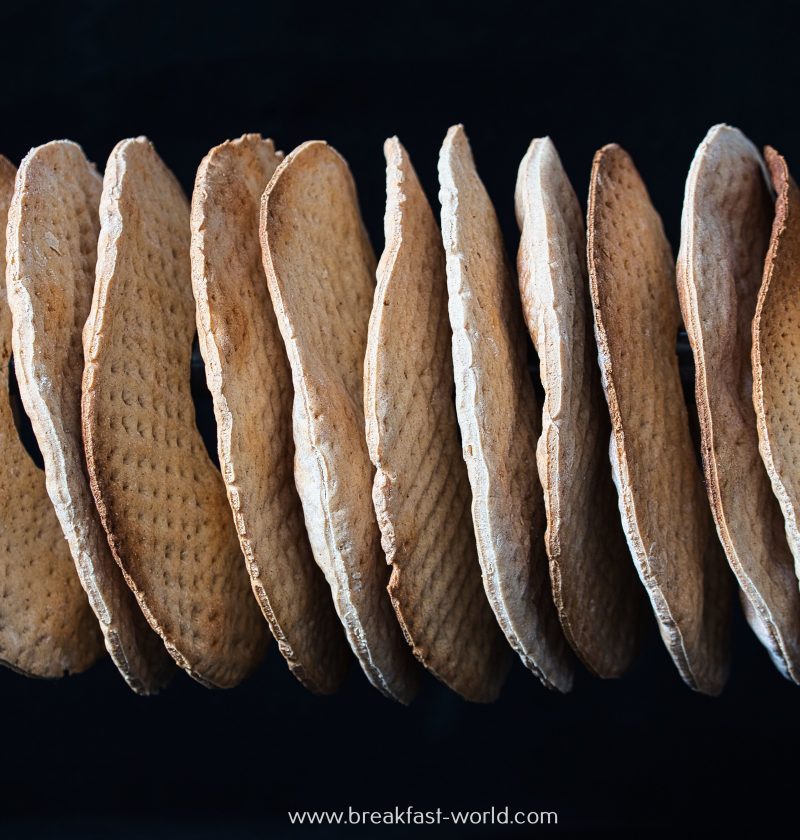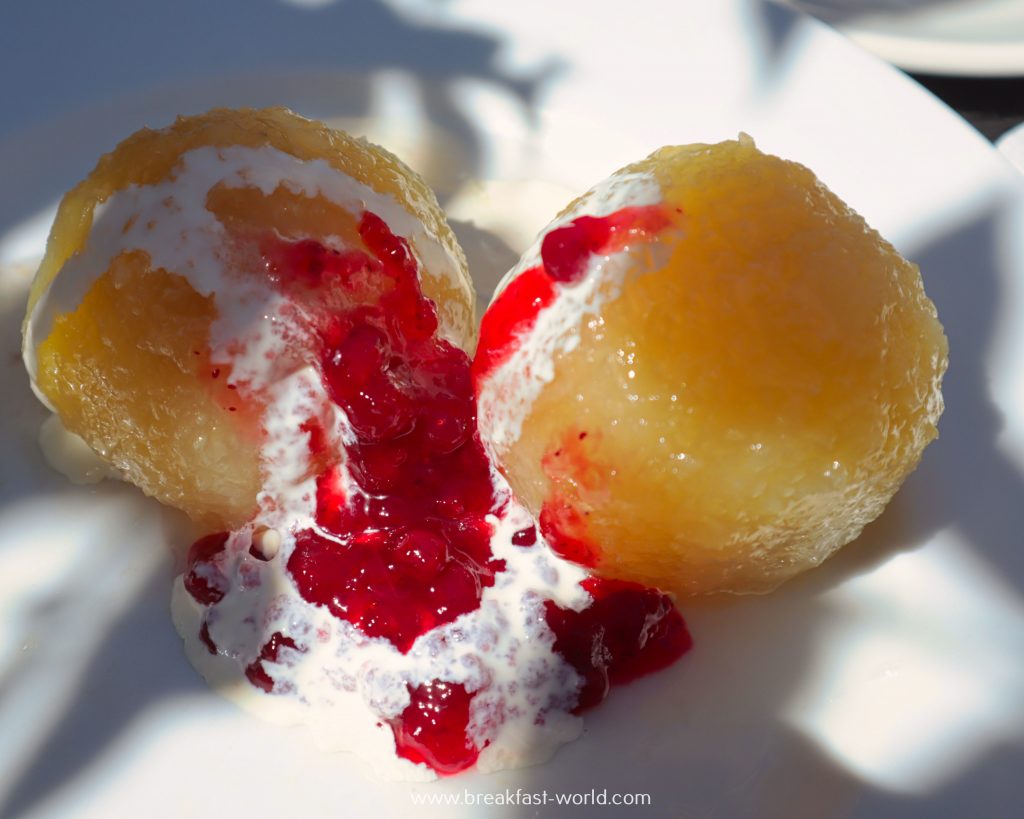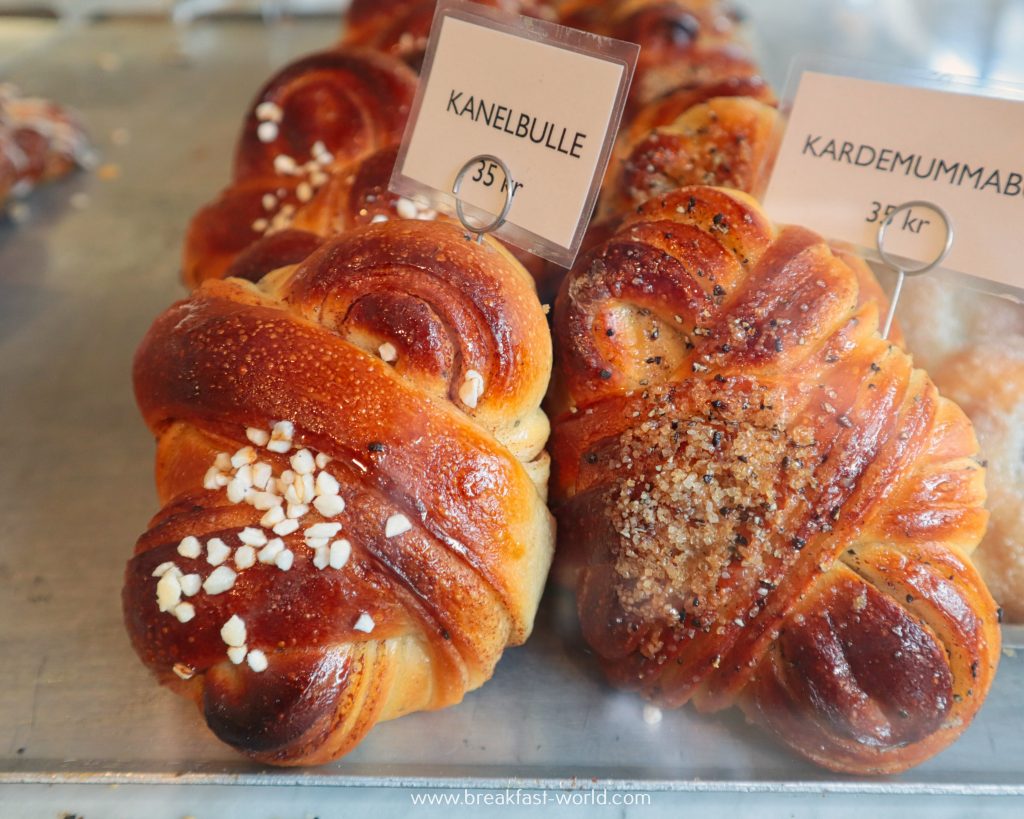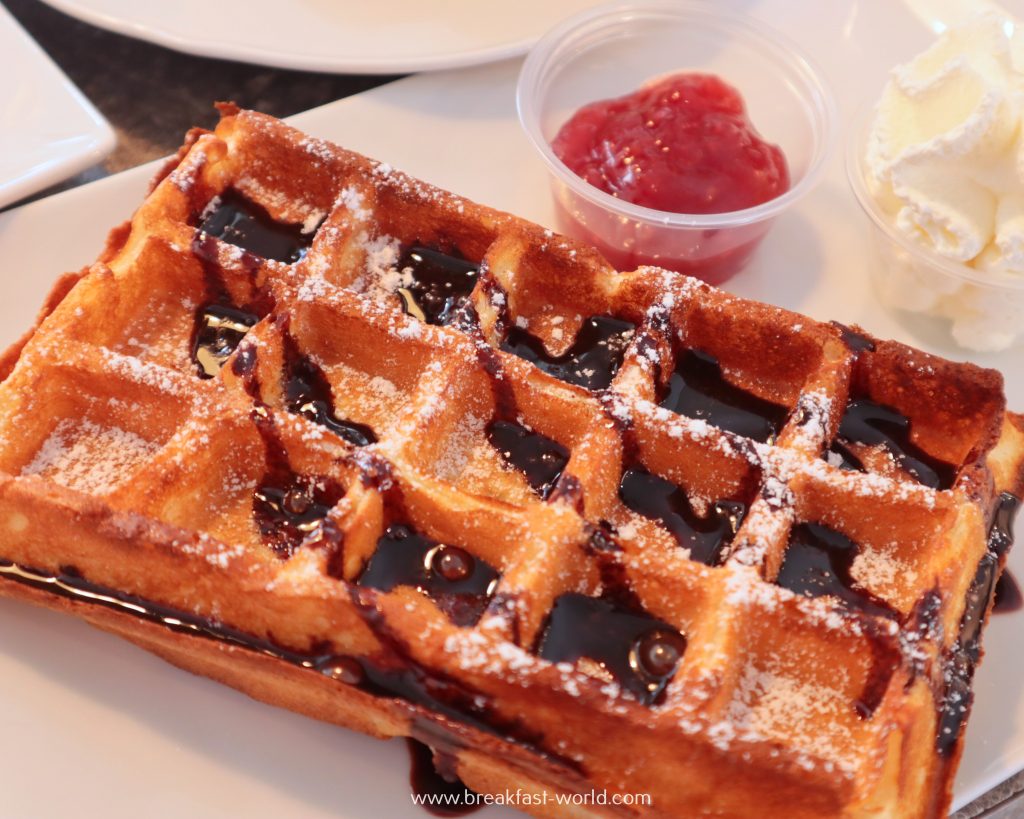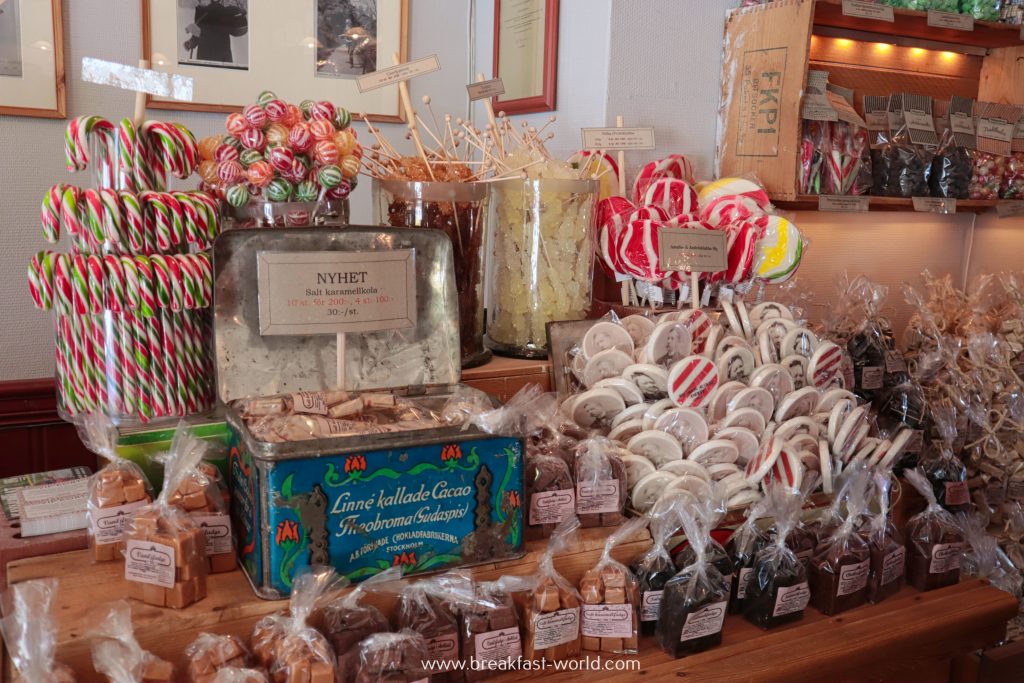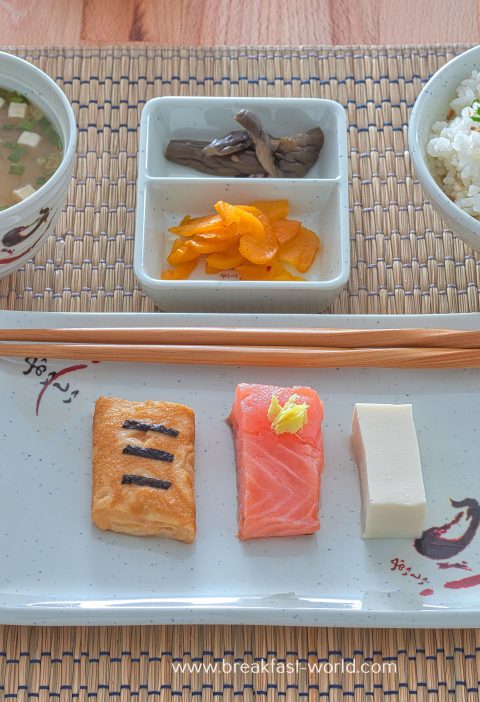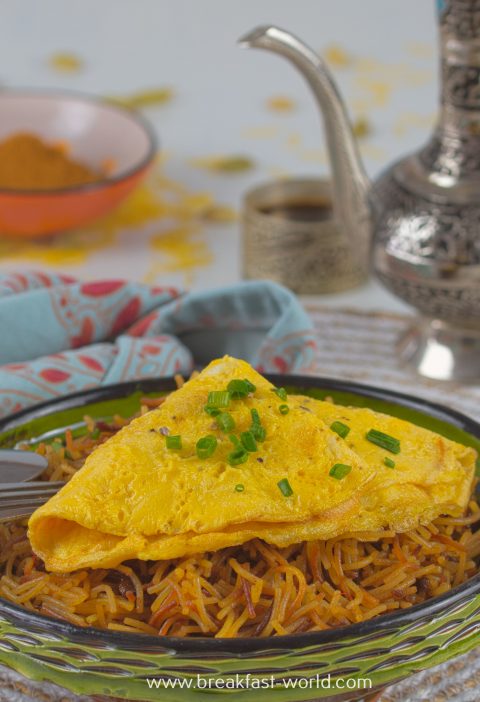First time I came to Sweden with my parents during my summer holidays in 1984.
Jump to RecipeIn summer 2023, almost 40 years later, I visited Sweden again for several weeks and had a great time in and around Malmö, Gothenburg, Småland and Oland.
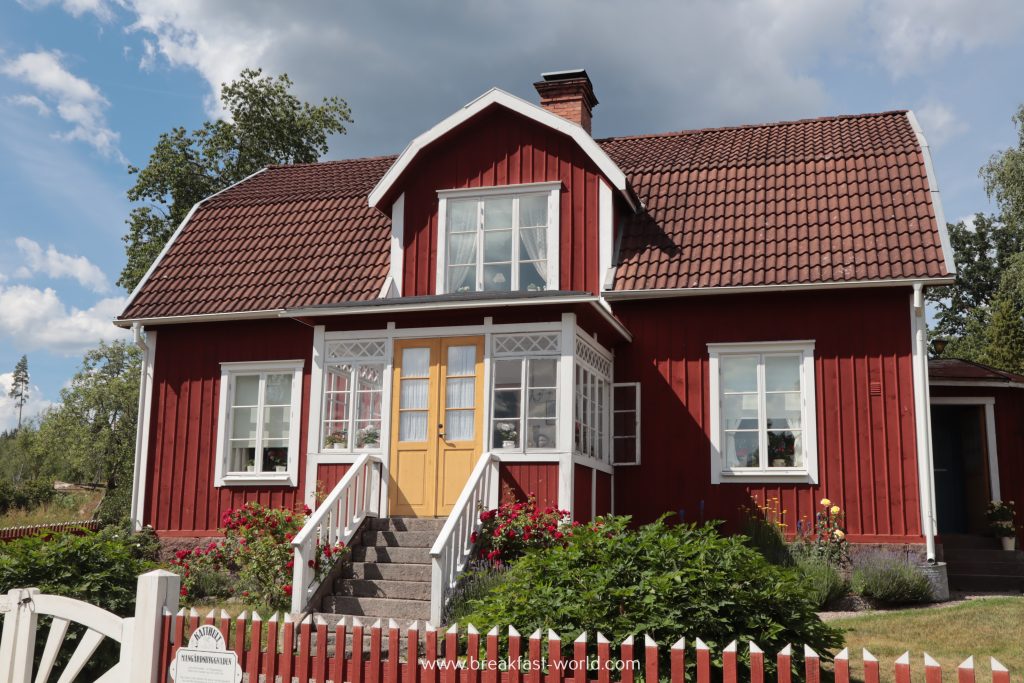
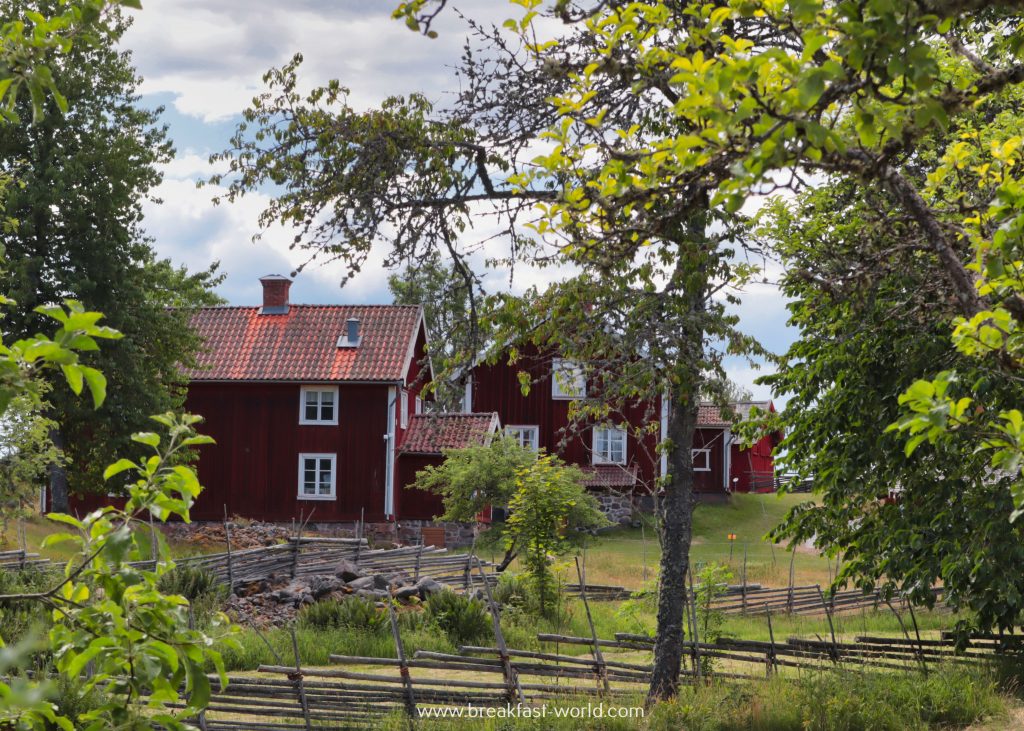
I also liked the Swedish cuisine and of course the breakfast so much that I would like to let you know more about it.
Swedish cuisine
Swedish cuisine is hearty and genuine. Whether fish, meat, vegetables or fruit, mostly regional and natural ingredients are served.
In the larger cities there are market halls (Saluhall) where you can buy typical Swedish products.
Here , you can also enjoy many delicious dishes prepared freshly.
Hearty dishes
You absolutely have to try Köttbullar (meatballs) in cream sauce with cranberry jam (lingonsylt) and mashed potatoes. They taste a lot better in Sweden than at IKEA at home!
Classic Swedish cuisine naturally includes fish, especially salmon and herring. However, dishes with chicken (kyckling) are also often served. Vegetarians and vegans will not habe to be on diet in Sweden. There is a huge selection of fresh vegetables, delicious salads and meat substitutes.
A specialty that I got to know on Öland is Krappkakor. These are potato dumplings with minced meat filling. It is served with cream and cranberry jam. YUMMY!
Especially in summer the Smörgåstårta tastes particularly good. It consists of layers of toast or white bread and several savory fillings such as ham, cheese, avocado cream, etc. Outsinde it is coated with cream cheese and you can decorate it with herbs and vegetables as you like.

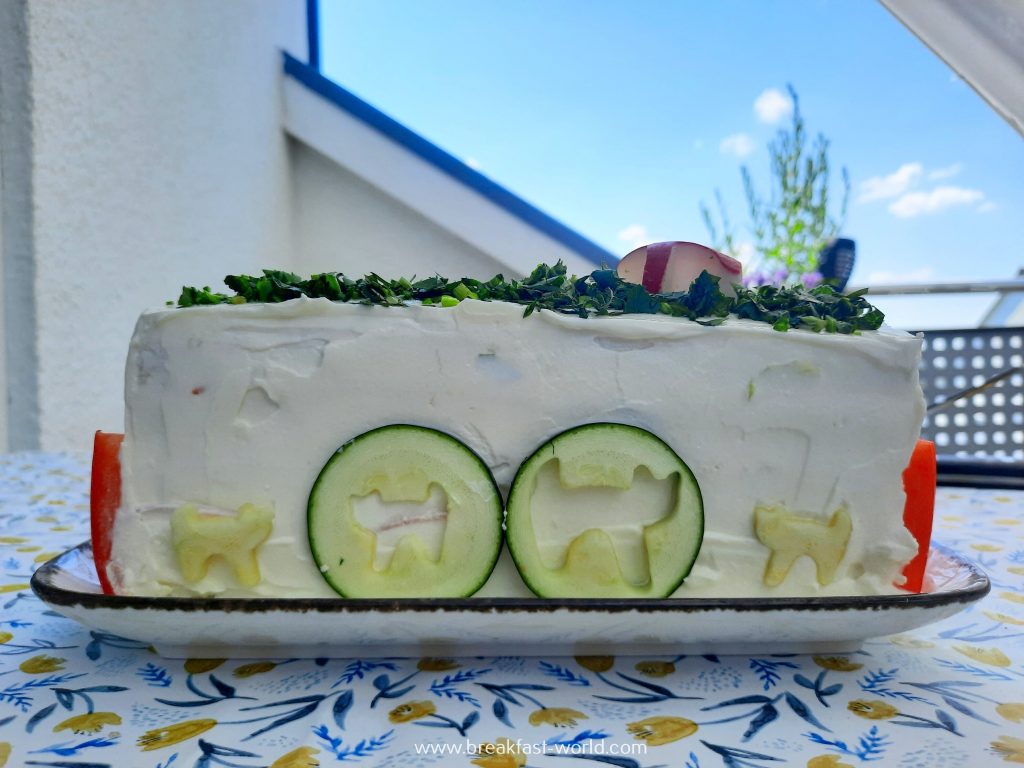
Fast food, whether classic in the form of pizza, fries, etc. or healthy, such as bowls, is also available on every corner. Typically Swedish ist a Tunnbrödsrulle. This is a thin filled flatbread folded like a wrap. The filling consists of a meat sausage, mashed potatoes, lettuce and ketchup. That sounds unusual, but tastes really good!
By the way, if you go out to eat in Sweden, you should do so at lunchtime. Many restaurants offer a cheap daily special (Dagens rätt) between 11 a.m. and 3 p.m. on weekdays. The price usually also includes bread, salad, a drink and coffee.
Practically and tasty for a snack on the go are slices of bread and rolls freshly topped with cheese, ham, eggs, salmon or shrimp. They are offered in every café and bakery all day long.
For those with a sweet tooth
Sweden is also known for its delicious pastries, such as the Kanelbulle (cinnamon bun).
But other pastries and cakes also taste incredibly delicious.
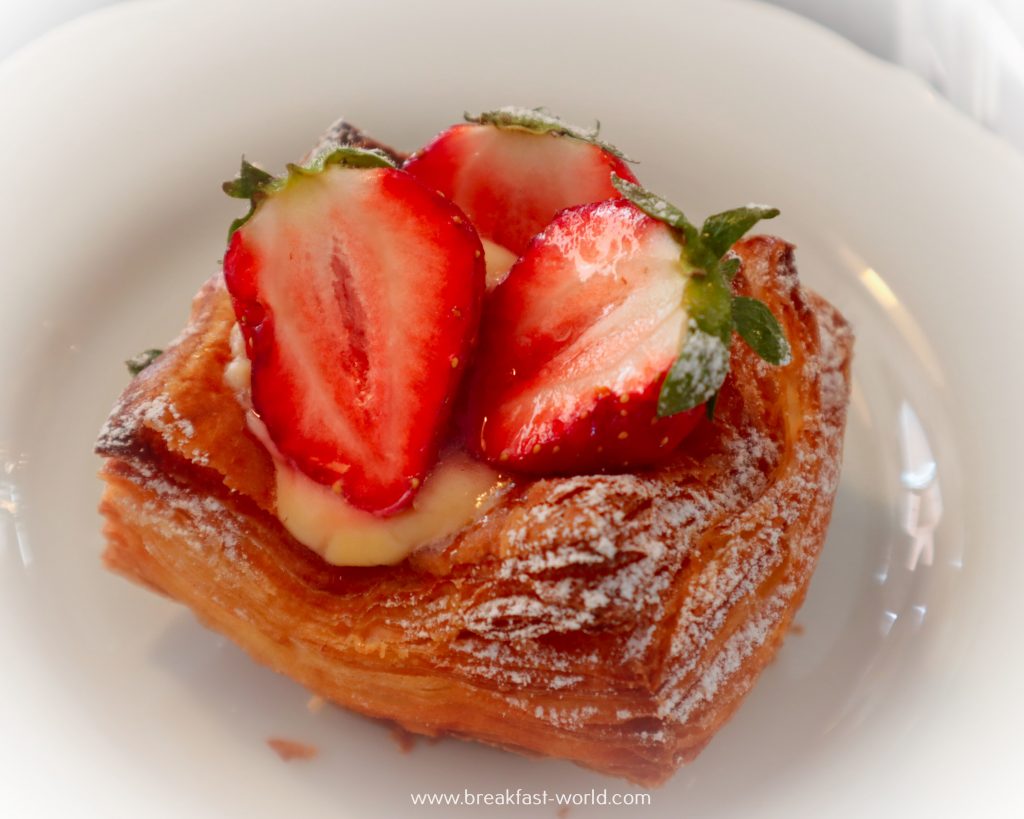
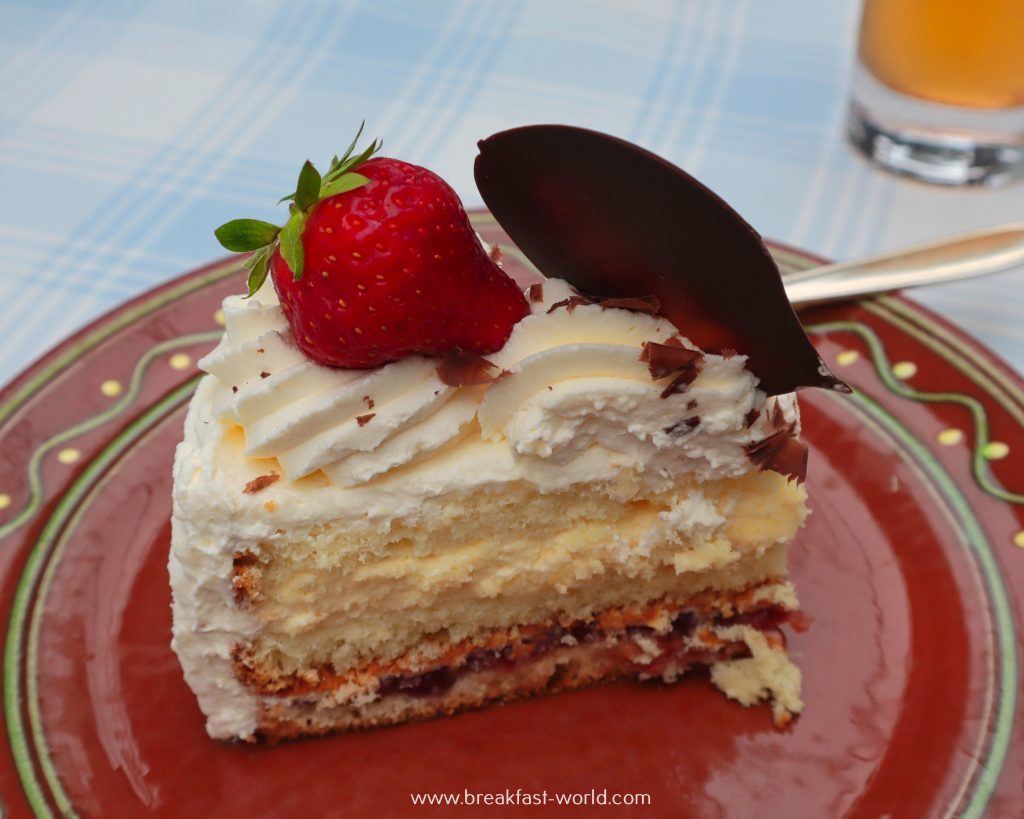
You definitely have to try Swedish waffles with strawberry jam and whipped cream.
Sweden is also famous for its delicious sweets and liquorice. In the small town of Gränna many factories along the main street sell colorful sweets and candy canes (polkagris). You can also watch during the production process. In Gränna, however, it is very touristic.
Better go to Öland and visit "Ölands Karameller“ – Karamellkokeri Bredsättra. The two German emigrants Julia and Alexander have been making a variety of delicious sweets here since 2010 and selling them in the adjoining shop. You can watch during the production of the sweets several times a day. Julia gives the explanation in both, German and Swedish during the production. Here it was much more personal compared to Gränna. And the candies taste better too.
Breakfast
The breakfast in Sweden is not so different compared to Germany. Typically there are breads in particular Crispbread. But more on that in a moment.
As in Germany, there are many different types of bread in Sweden, whether white or dark. Very often used ist Sourdough instead of yeast. By the way, wou can find a delicious recipe for sourdough bread on my blog here.
Butter, cream cheese, jam, sausage, cheese, garnished with tomato and cucumber serve as a topping. Of course, hard or soft-boiled eggs should not be missing on the breakfast table.
Even herring, e.g. in a sweet mustard or dill sauce is often served for breakfast in Sweden.
Also Muesli and other cereals such as granola and corn flakes belong on the breakfast table in Sweden. Instead of milk, Swedes often mix their muesli with filmjölk, a kind of sour milk, or with yoghurt (natural or flavored).
Everywhere and everytime - not only for breakfast - you will get coffee, which tastes incredibly good. Commonly served is tea, water (sparkling or still) and juice, e.g. orange or apple juice.
Crispbread
Crispbread was invented in Sweden. The name comes from the Swedish word "knäcka". That means something like "crack" or "crunchy".
There are endless types of crispbread in Swedish supermarkets. Whether round or square, small or large, thick or thin, made from rye, oat, barley or wheat flour, with or without salt, with linseed, pumpkin seeds, sunflower seeds, chia seeds, everyone will find something here.


Traditional crispbread consists of just four ingredients: grated grain or flour (usually rye and whole grain), yeast or sourdough, salt and water. There are also varieties with milk and yoghurt giving crispbread a particularly mild taste.
Preparation
First, a dough is made from grain, water and salt.
The dough is then rolled out thinly and provided with small holes by a roller with spikes (kruskavel). If you don't have a kruskavel, use a fork.
These holes are typical for crispbread. They increase the surface area. This allows the moisture to escape better and the baking time is reduced, which protects the ingredients.
Thanks to the holes, the water can optimally escape during baking and air bubbles are avoided.
Crispbread is baked very briefly and very hot and then dried. After that, it contains almost no water (less than ten percent), which makes it crunchy you can keep it for a very long time if stored dry.
The crispbread available in German supermarkets is almost always rectangular in shape, while in Sweden the round shape is more common. A hole is also punched in the middle. This is because, after baking, the crispy slices used to be stacked on poles to save space and stored on the ceiling or in a corner next to the oven.
What to eat with crispbread?
Crispbread goes well with both sweet and savory toppings. For example, butter and honey for breakfast, cream cheese and cucumber in the afternoon and ham or cheese for dinner.
How to store crispbread?
Due to the low moisture, it can be stored for very long time.
To ensure that the bread stays crispy for as long as possible, it should be sealed airtight or stored in a dry and dark place (e.g. in a cookie jar).
Well, now it's your turn to bake delicious crispbread by yourself! Have fun and Smaklig måltid (Swedish Bon appetit)!
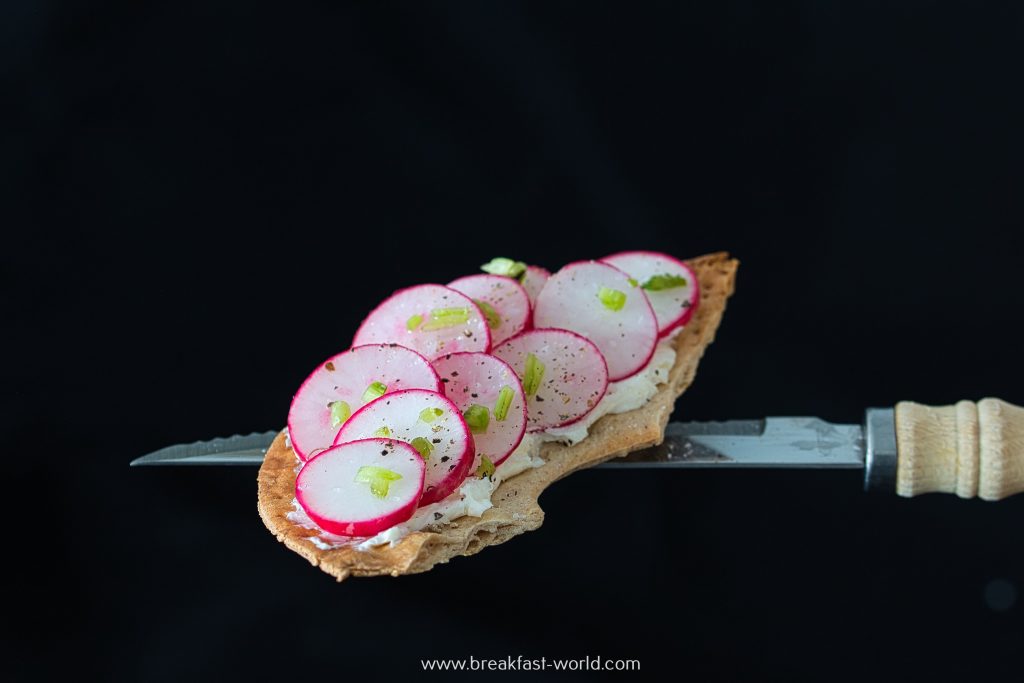
Crispbread
Zutaten
- 100 ml milk
- 250 ml water
- 15 g fresh yeast
- 1 tsp. honey
- 300 g whole wheat flour
- 250 g wheat flour (type 405)
- 200 g wholemeal rye flour
- 2 tsp. salt
- 1 tsp. grounded cumin
Anleitungen
- Heat milk and water to lukewarm. Crumble in the yeast and dissolve while stirring. Mix in honey.
- Mix all three flours with salt and cumin in a bowl.
- Add the liquid and knead to form a smooth dough.
- Cover the dough and let it rest in a not too warm place for about 10-12 hours.
- Knead the dough well again.
- Divide the dough approximately into 15 pieces and shape into balls.
- Roll out each ball on a floured work surface as thin as possible.
- Cover a baking sheet with parchment paper and place the circles of dough on top.
- Reshape each circle of dough: It is best to place a bowl (15 cm diameter) on top and trace the outline on the dough so that you get precisely shaped dough circles of the same size.
- Cut out a small hole in the middle.
- Roll holes in the dough with a spiked roller (kruskavel) roll holes in the dough. Alternatively, a meat mallet or a fork will work.
- Shape the leftover dough into new balls and process into further flat cakes as described.
- In total there are approx. 20 flat cakes, each 15 cm in diameter.
- Bake the flatbreads in a preheated oven at 250 °C (convection oven 220 °C) for 8-10 minutes until golden brown.
- Take out and let cool down well.
- Stack on top of each other only when cool.
If you like this post, I look forward to a rating (star bar) or a nice comment!
Thanks a lot!
Perhaps you would also like to subscribe to my page. If so you will be regularly informed about new posts.

